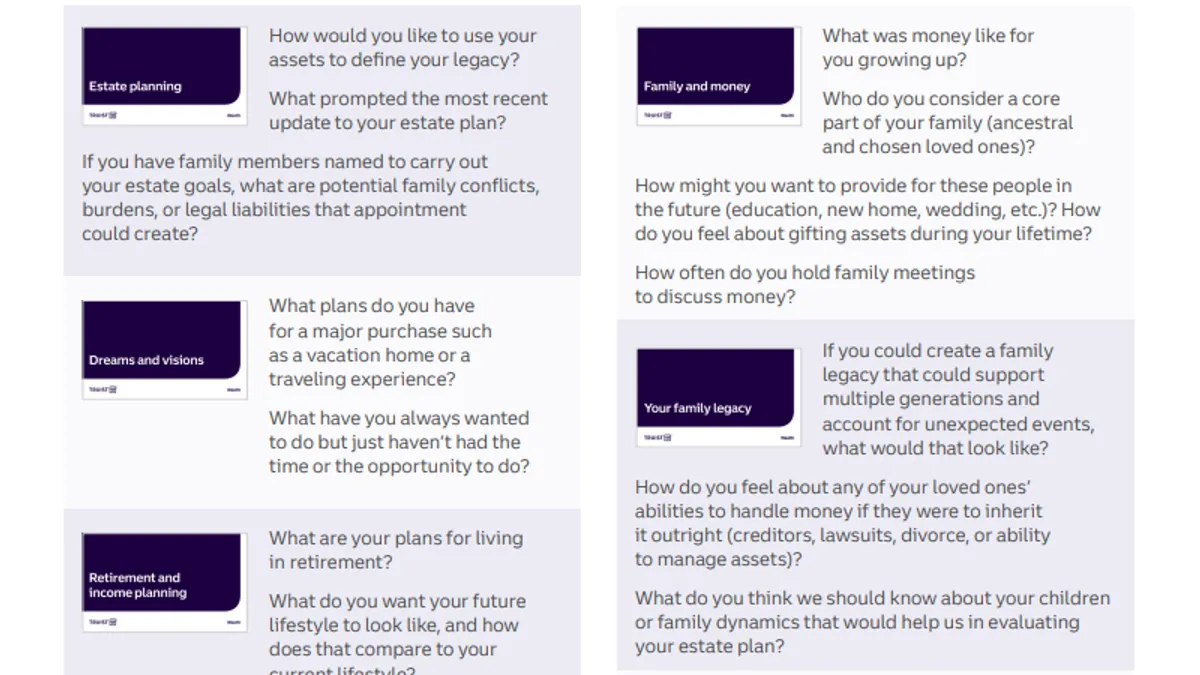Amid the Small Business Administration's rebooted Paycheck Protection Program (PPP), some lenders have turned to Customers Bank's white-label service to handle PPP loan origination, funding and forgiveness in an attempt to avoid some of the delays and hassles that overwhelmed many lenders last year.
The service, which allows banks to integrate a web page that goes to Customers' application portal, allows PPP-fatigued banks to indirectly participate in the program. Customers built the platform near the end of the first PPP round last spring.
More than 300 banks are using the white-label service, said Sam Sidhu, the bank's vice chair and chief operating officer.
Banks that use the service get a referral fee from Customers; the bank promises not to market to their clients and to keep their participation in the white-label program anonymous.
"It has none of our branding and has the bank's logo, so it feels to the customer like they're applying to their bank's application portal," said Sidhu, who said banks have expressed concern about the reputational risk associated with choosing not to participate in the latest version of the program.
"Because it's a referral relationship, where we pay the bank a referral fee, and then we get paid by the SBA, the origination fee, it's reasonably simple and doesn't require all the challenges that you would normally think about in terms of two large institutions trying to come together who are heavily regulated and have to go through extensive third-party risk management and risk processes," he said. "We organized it to make it easy and plug-and-play."
Participating banks sign a two-to-three page agreement, send Customers their logo, and the webpage is set up the same day, Sidhu said.
"There is zero work required by the bank," he added. "They just get reporting from us and payment from us."
The idea to offer the PPP outsourcing service came in December, as Customers was working on streamlining its own PPP and forgiveness processes ahead of the program's expected reboot.
"We were talking to industry peers and, behind closed doors, banks were saying, 'We don't want to participate,'" he said. "I think the good news is most banks came to the table and are participating, but there were some very large banks that were seriously considering not participating in a real way."
Anticipating the demand, Sidhu said Customers Bank made the decision to offer the product to banks that didn't have the capacity or wherewithal to effectively participate.
"It's very difficult to build what we built," Sidhu said. "It probably replicates, to a larger extent, what some of the very large banks have the access to. ... We thought that this would resonate well with other banks and we were right."
Several $10 billion-asset institutions and one $50 billion-asset bank are among the lenders using Customers' white-label service, Sidhu said.
Even after the PPP runs its course, the technology platform Customers built will be useful, Sidhu said.
"Before PPP, we had 4,000 commercial customers. Now we have 106,000 with PPP and we'll probably grow that number substantially," Sidhu said. "There's going to be all kinds of small-business lending, small-business deposits and SBA 7(a) loans. ... There's going to be different ways that we can service these customers. And now we built a national platform. So our customer base is going to resemble the customer base of a bank more than 10 times our size, so I think there's a tremendous opportunity for Customers Bank."
Sidhu said the bank's overall PPP experience has helped it recognize its potential in the market.
"It's shown us that we have superior technology to almost any bank that we would be considered a peer of," he said. "There's a tremendous opportunity and energizing war cry from our team that we need to do this more."














